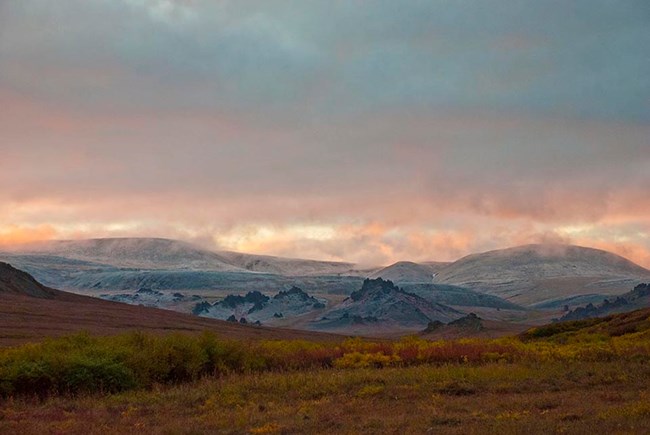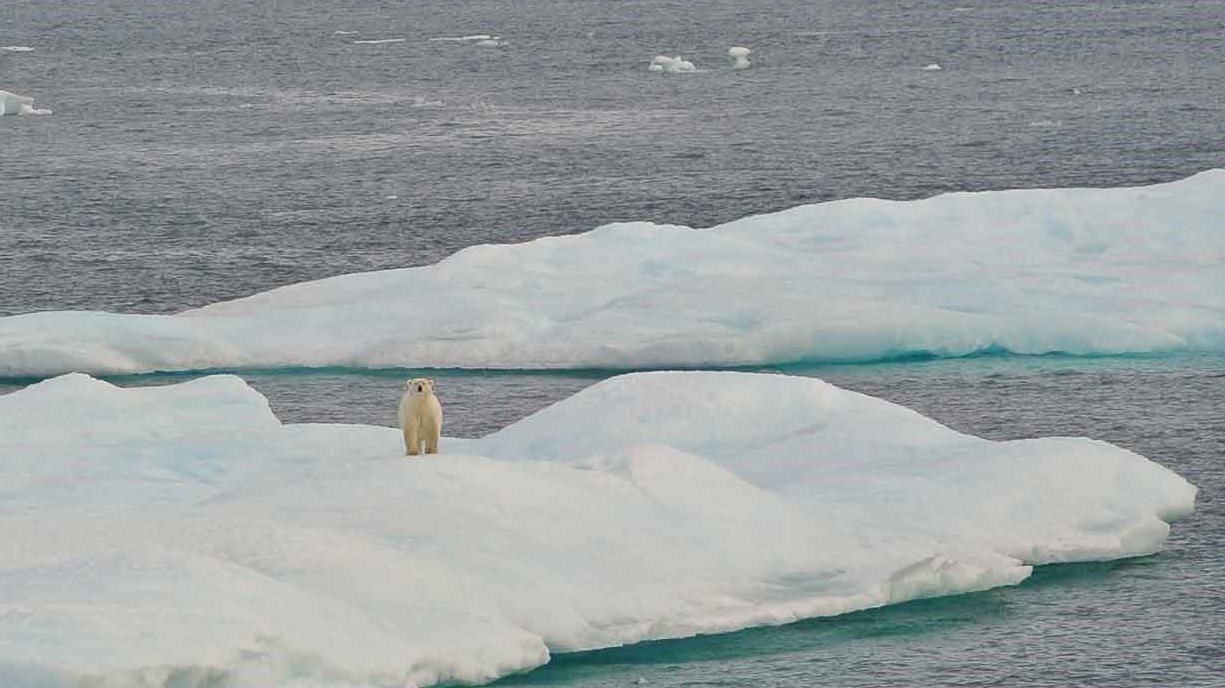

Learn more about the Arctic region, its ecosystems, people, and history.

The Arctic is increasingly warmer, less frozen, and wetter, with regional extremes in weather, climate patterns, and ecosystem responses.

Inupiaq and Athabascan people and their ancestors traveled long distances over rough terrain throughout the central Brooks Range.

Wildlife in the Arctic are particularly adapted for the climate and environment.

The ecosystems along the Arctic coast are biologically diverse and culturally important.

Permafrost underlies Alaska's Arctic parks and parts of other interior parks; it influences many facets of park ecosystems.

The Arctic is warming more than twice the global average. Learn more about the many facets of a warming climate and its impacts.
Last updated: January 2, 2025
